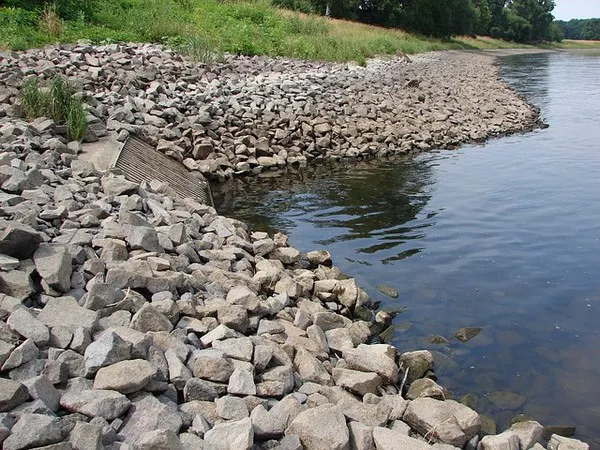Water is an indispensable resource, and ensuring its quality is vital for public health and environmental sustainability. Water treatment plants play a pivotal role in purifying raw water to make it safe for consumption and various industrial applications. This article provides a comprehensive overview of the intricate processes that unfold within a water treatment plant, shedding light on the critical steps involved in transforming raw water into a clean, potable resource.
Raw Water Intake
The journey of water treatment begins at the raw water intake point, typically situated near a natural water source like rivers, lakes, or reservoirs. This initial step involves extracting untreated water and directing it towards the treatment facility. The water collected at this stage may contain impurities such as sediment, debris, and microorganisms that must be removed to meet quality standards.
Screening and Pre-Treatment
Upon reaching the treatment plant, the raw water undergoes screening to remove larger particles and debris. This is achieved using bar screens and grit chambers, which prevent the entry of sticks, leaves, and other coarse materials. Following screening, pre-treatment processes are employed to further reduce impurities. Coagulation and flocculation are common methods, where chemicals are added to create larger particles that can be easily removed through sedimentation.
Sedimentation
In the sedimentation basin, the water moves slowly, allowing suspended particles to settle at the bottom. The formed sediment, also known as sludge, is later removed. This step is crucial for eliminating impurities that escaped the screening and pre-treatment phases. Sedimentation is especially effective in removing larger particles, such as sand and silt, enhancing the water’s clarity.
Filtration
After sedimentation, the water undergoes filtration to eliminate remaining impurities. Sand, gravel, and activated carbon filters are commonly used in this phase. These materials trap smaller particles, microorganisms, and any residual coagulant or flocculant. Filtration ensures that the water is free from visible and microscopic contaminants, contributing to its overall quality.
Disinfection
Disinfection is a critical step to ensure the water is safe for consumption by destroying harmful microorganisms. Chlorination, ozonation, and UV irradiation are common disinfection methods employed in water treatment plants. Chlorination involves adding chlorine to the water, which reacts with bacteria and viruses, rendering them harmless. Ozonation and UV irradiation utilize physical processes to deactivate or destroy microorganisms, providing an additional layer of protection.
pH Adjustment
Maintaining the pH level of water is essential for its taste, corrosion control, and overall effectiveness of disinfection. In some cases, water treatment plants may need to adjust the pH by adding chemicals such as lime or sodium hydroxide. This ensures that the treated water is within the optimal pH range, enhancing its stability and compatibility with distribution systems.
Final Treatment and Storage
The treated water undergoes a final round of chemical treatment to address any remaining impurities and enhance its overall quality. This may include the addition of stabilizing agents to prevent corrosion and scaling in distribution pipelines. Following final treatment, the water is stored in clear wells or reservoirs before being distributed to consumers. Storage provides a buffer, ensuring a continuous supply during peak demand periods.
Distribution
The final stage involves distributing the treated water to consumers through an extensive network of pipelines. Pumping stations help maintain pressure, ensuring a steady flow of water to homes, businesses, and industries. Advanced monitoring systems are employed to assess water quality in real-time, allowing prompt response to any issues that may arise in the distribution network.
See Also What Is A Comminutor Wastewater? A Comprehensive Overview
Conclusion
Water treatment plants play a crucial role in safeguarding public health and preserving the environment. The intricate processes within these facilities ensure that raw water is transformed into a clean, safe resource for consumption and various applications. As the demand for water continues to rise, advancements in technology and stringent quality standards will drive the evolution of water treatment processes, ensuring a sustainable and reliable water supply for generations to come.

